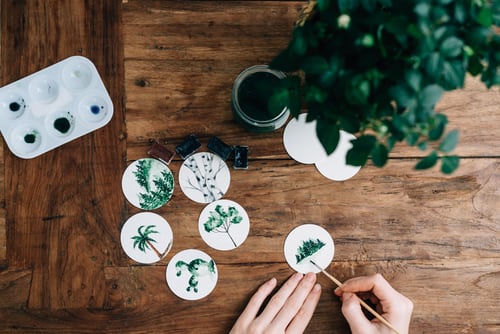Curriculum design: An artistic work of a teacher
Curriculum – the word itself means running in Latin, which gives an understanding of something which is continuously in state of motion or change. Yes, that is how a curriculum should be in a school, changing every year as per the requirement of the student- a student centered curriculum.
There are three basic curriculum designs- Subject centered, student centered and problem centered. However a good curriculum is well blended form of all three and should follow SPICES model given by Dent and Harden-
S: Student centered
P: Problem based
I: Interdisciplinary
C: Community based
E: Elective driven
S: Systematic
The IB curriculum revolves around the above model however for DP students this is product oriented- where result is the main goal but for PYP and MYP students it is process oriented which focuses on how learning develops over time.
The process oriented curriculum require careful knitting of skills and content.
For perfect delivery of this curriculum and making the journey of students meaningful, it is important to keep following points in mind while designing or reviewing the curriculum:
- Different instructional strategy – Curriculum should be planned in a way that allows breaking it down into small subtopics with sequencing of task. This is very important as there are students of different learning abilities and at different stage of acquired skill.
- Organizational methods- Curriculum should be designed in a way that student achieve mastery in the subject, this is possible if the backward planning is done keeping the final goals in mind.
- For this collaboration between teachers plays a vital role. It enables the understanding of the links between PYP, MYP and DP.
- Specific educational programs exposure like field trip, service activities must be incorporated into the curriculum. They act like a pyramid in making the student exposed to local experiences and connecting their knowledge with global issues. Such curriculum give sufficient scope to students for connecting their real life and personal experiences to the acquired knowledge.
- As we all know that knowledge gained by personal experience has deep roots compared to knowledge gained in class by lecture method.
- Curriculum is designed in a way that it emphasis on how to learn rather than what to learn.
- For this it incorporates problem solving procedure of learning, which includes sufficient case studies and data analysis which gives students an opportunity to understand local and global issues and motivates them to think a logical solution to the problem.
- Finally the curriculum must involve assessments to identify the strengths and weakness of the student. These assessments must include variety which gives sufficient opportunity for different learners to express their understanding.
For designing this curriculum it is important to scaffold the task into 5 stages:


